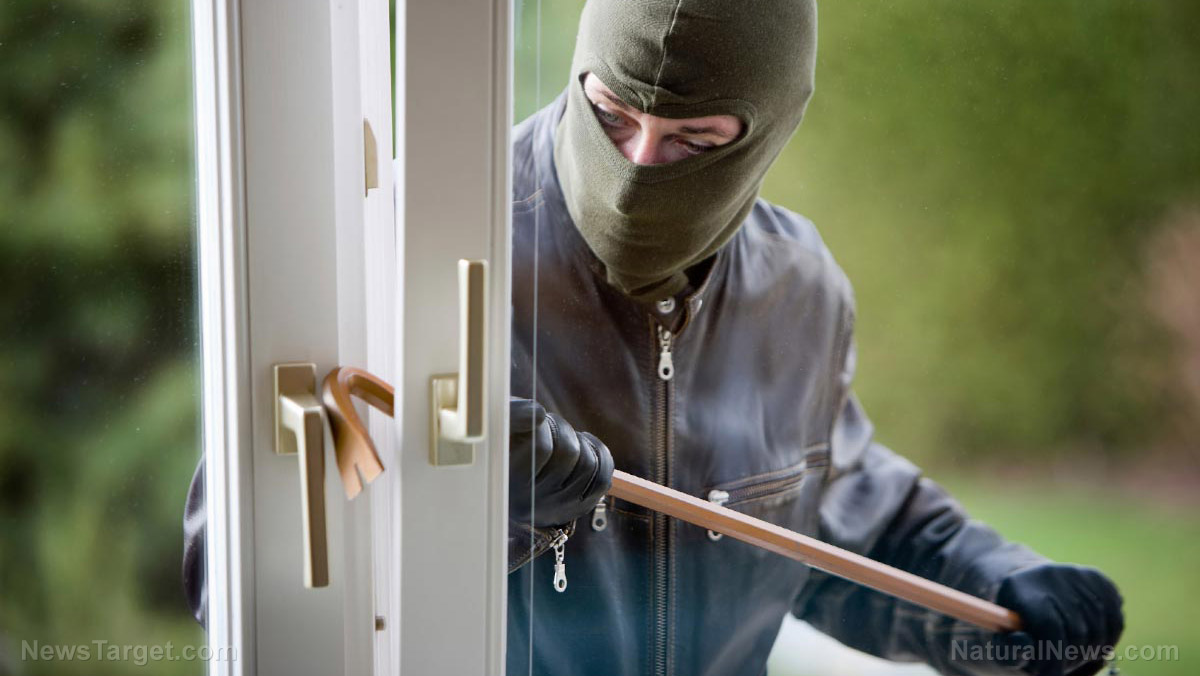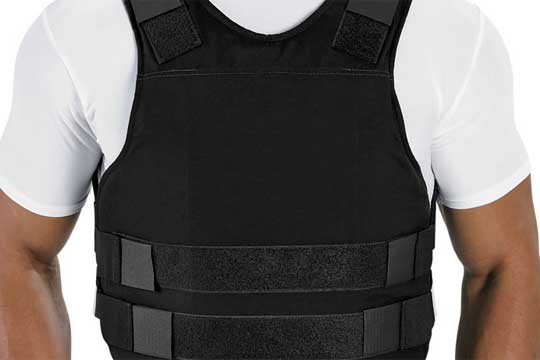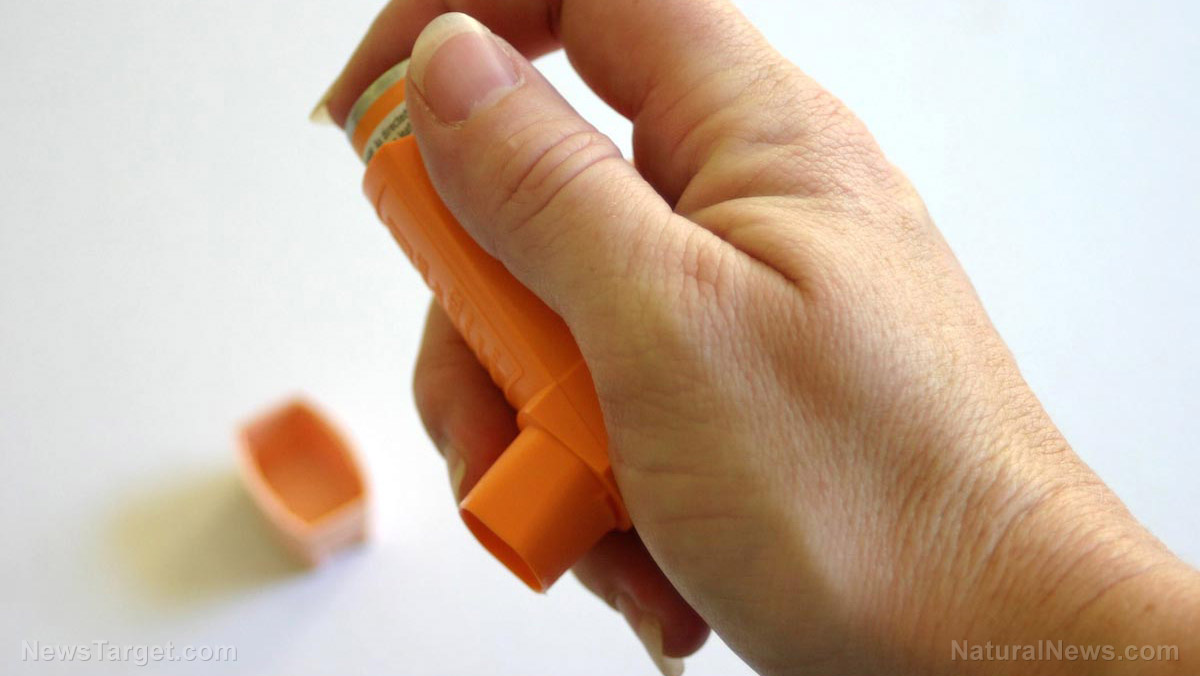Prepping tips: Scavenging in the city when SHTF
07/19/2021 / By Zoey Sky

Before SHTF, preppers have plans and a backup plan (or two). But disasters are often unpredictable, and when you’re in a survival scenario, you may have to improvise and scavenge for supplies. This doesn’t mean looting, though.
Read on for tips on how and where to scavenge for supplies safely in a post-SHTF world. (h/t to SurvivalCache.com)
Scavenging vs looting
Preppers will do almost anything to survive, but you shouldn’t risk your life and abandon your morals just to obtain supplies. If you run out of food, you don’t need to charge into your neighbor’s home and steal from them.
When SHTF, scavenge wisely to avoid getting into arguments with other preppers. Remember that scavenging is not the same as stealing. Stealing means taking things that belong to someone else, often with the use of force.
Meanwhile, scavenging means looking for supplies that have already been thrown away or abandoned. In most cases, you will be scavenging for items that won’t be missed without having to use force.
Revisit the scenario above. If SHTF and your neighbor bugs out, you can safely scavenge their home for supplies since they’ve already abandoned their property and belongings.
The difference between stealing and scavenging is important, especially since it’s crucial for your own safety. If you’re scavenging and come across an area that’s still inhabited, politely ask if they are willing to trade supplies through bartering. If they refuse, don’t force them and walk away.
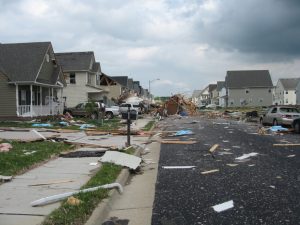
The reality of scavenging after a disaster
You don’t have to announce yourself all the time, but it might be wise to do so if you’re entering a private residence. A place might seem empty, but it’s better to knock on the door softly and ask if anyone’s home instead of barging in and getting yourself hurt.
In fictional portrayals of disaster scenarios, the main characters usually head for areas like the grocery store where they also check the stock rooms or look under the shelves. They may also search for food and supplies in gas stations or the break rooms in various establishments.
These locations should be at the top of your list in a real-life scenario — but only if you know you can get there quickly. Reconsider your destination if you know a lot of other preppers are also heading to the nearest grocery store to scavenge for supplies.
If you live in the city, it might be better to bug out because you can get trapped in a heavily populated area when other people panic.
Places to scavenge after SHTF
When scavenging in an urban area, bring appropriate hand tools, such as pliers, screwdrivers, a sharp knife or wire cutters. You’ll need different tools since a lot of things worth scavenging have to be taken apart.
When scavenging as part of a group, appoint one person as a lookout, especially if you are going to approach buildings, vehicles or property you’re not completely sure are abandoned. Use a detailed map to navigate and keep track of areas that you’ve already searched. (Related: Advanced prepper tips to take your prepping to the next level.)
After marking down locations you have already visited, take note of resources that you may need in the future. There’s no guarantee that the items will still be there when you return, but it will help cut down the time it takes to search if you end up needing something you already found on a previous trip.
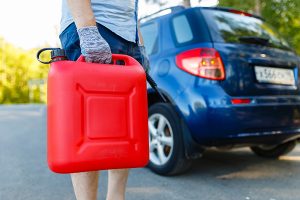
Small cars
Vehicles can be scavenged for different supplies. You’ll find a lot of abandoned vehicles after SHTF. However, their owners would most likely have taken any useful supplies with them before abandoning their vehicles.
On the other hand, if the owners were forced to leave in a hurry, you may still find useful items. Check the vehicles’ interiors and trunks, and look under the seats, between the seat cushions, in the glove compartments and in other nooks and crannies.
Once you’ve checked those areas, you can start taking pieces of the vehicles themselves if you need spares.
- Battery – Take the car battery if you know how to effectively use it. Otherwise, it might be better to leave it behind so you can travel light.
- Mirrors – Use mirrors from abandoned cars as reflective devices for communications or for signaling for help.
- Oil and fuel – If the oil and fuel in a car haven’t sat there for too long and gone “bad,” transfer them to other containers so you can use them for your own car. Even oil or fuel that has gone bad can be used to start a fire when you need one.
- Seats – Turn seat covers into raw material for patching or for creating other items. If you need insulation, use the cushioning within the seats.
- Tires – Cut out pieces of rubber from tires if you need padding on tools or for other crafting purposes.
- Wire and seatbelts –You can repurpose cordage from wires in abandoned cars. Additionally, you can cut out all the seatbelts for makeshift straps.
Commercial vehicles
You can also check trucks, vans and semi-trucks for materials you’d normally find in small cars. As a bonus, commercial vehicles can be used to transport goods. If you arrive early enough, you may find a lot of abandoned supplies like clothes, food, medicine, tools or water in those vehicles.
Most commercial vehicles would be locked, so make sure you bring your hand tools for easy access.
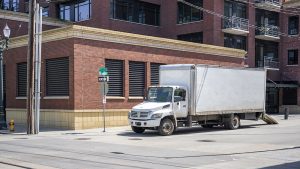
Distribution centers and factories
Distribution centers and factories might be overlooked by the average person, but a lot of people work in these buildings, so someone might have the same idea as you when SHTF.
Tread carefully when scavenging at distribution centers for food, medical supplies and tools. Avoid cold storage facilities because if the power runs out, the freezers cannot run and goods will spoil.
What you can find in factories will depend on what the factory makes or processes. You’ll probably find items like batteries, fire extinguishers, first aid supplies, fuel, raw materials or tools in abandoned factories.
Veterinary clinics
A lot of people will target hospitals, doctor’s offices and pharmacies for supplies when SHTF.
But not everyone might think to search veterinary clinics because the items inside are usually for pets. Search these areas for items that can also be used on humans, like bandages and rubbing alcohol or tools like scissors.
Other places to scavenge for supplies after SHTF
Check out these other locations after disaster strikes if you need more items for your stockpile:
- Automotive shops – An automotive shop might have the part or parts you need for your car.
- Churches – Abandoned churches, especially those that help the needy, might have canned food in the kitchen and closets.
- Fire stations – You can find clothing, food or supplies at fire stations. An abandoned fire station will also have a tank with hundreds of gallons of water, but you need to filter this before using it.
- Marinas – Abandoned boats at marinas may have supplies like communication equipment, fishing equipment, emergency rations or even guns and ammo.
- Office buildings – Break rooms might have vending machines with snacks and desks with small tools. You can also find fire extinguishers in most rooms and cleaning supplies in the janitor’s closet.
- Pawnshops – If you search a pawnshop, you might find weapons, ammo and working electronics like walkie-talkies or a HAM radio.
Scavenge wisely in a post-SHTF world. Don’t use force and check if areas are empty before entering and looking for supplies.
Sources include:
Tagged Under: advanced prepping, disaster, off grid, preparedness, prepping, prepping supplies, prepping tips, scavenging, self-reliance, SHTF, survival, survival gear, survival supplies, Survival Tips, survivalist, urban scavenging
RECENT NEWS & ARTICLES
COPYRIGHT © 2017 OFFGRID NEWS

